By Ana Manzo
*******
aka The Architecture of Emotion
 Much has been written about the way architecture affects people’s emotions. But what if we look at it the other way? What about the way our emotions affect our designs?
Much has been written about the way architecture affects people’s emotions. But what if we look at it the other way? What about the way our emotions affect our designs?
On countless occasions we have heard (or said) the phrase “creative block.” How many of those times has it actually been associated with an “emotional block?”
It takes a lot of courage to open our hearts and express to the world how we feel at any given time, especially if the emotions that invade us, at that particular time, are negative. Some, those who dare, express themselves by crying, screaming, laughing, talking. But there are those too, who display emotion through creative expression (sometimes even unconsciously).
This theory has been discussed countless times from the point of view of art. Architecture is an artistic profession. Creativity one of, if not the most important ingredient. It is logical to think that it too could be affected by our emotions. It is even possible, if we analyze architectural movements in history, we would find clues suggesting that these movements were caused by the various situations (emotion-provoking) happening at the given time.
What could an architect who feels relaxed create?
Or sad?
Or happy?
Playful?
Or angry?
What about one who feels like dancing?
*******
Subjective experience and the emotions of people are directly related to the way they think creatively. This is a fact. So, why not ask how Frank Lloyd Wright felt when he designed Fallingwater?
or Mies van der Rohe when he created the Barcelona Pavilion?
or Frank Gehry when he made the Guggenheim Museum in Bilbao?
Perhaps these architects had followed a consistent design line from start to finish, but what about those who have surprised us with an architectural work that is unrelated to the rest of the work done in his/her career?
I remember feeling an enormous sense of anxiety when after having learned “five points towards a new architecture,” formulated by Le Corbusier (and then reciting them as if they were unequivocal laws), I discovered that he toward the end of his career thought EVERYTHING he had taught was wrong. And he created the Notre Dame du Haut Chapel (Ronchamp, France) to prove it. In this project he breaks with his principles of standardization and geometric style, to give rise to a response with enormous plastic freedom that also responds to the environment.
The Architect’s Emotion
It is true that the experience gained over the years is one of the main factors influencing the evolution of an architect (and of any person of any profession for that matter), but I think, beyond that, emotions do a lot for any artist.
Then, it would be interesting to analyze in parallel the life and architectural work of this great master. I may be wrong, and this could be just some random thought from a romantic person, but is it possible that these changes have been produced from more than just experience and a sudden awakening to a new architectural reality?
Perhaps we do not want to admit that what we feel affects or influences our creations. We prefer to think that what we do is inspired solely by external agents . . . by emotions of others (the client), by the environment or by specific situations. Perhaps we dare not admit it, because we feel that this could weaken the seriousness of what we do.
But that is the easy way. I think we could see it as something positive and enriching, something that, if we learn to control it (reinforcing the positive emotions and limiting the negative ones), would be able to give a new level of emotionality to our buildings.
I would like to believe that this project was done by someone in control of his emotions….
*******
Note from the hosts: Wow . . . a beautiful essay in words and pictures. We’d like to thank the lovely and talented Ana M. Manzo for our first international submission. She is an architect living and working in Venezuela, on Twitter as @anammanzo. She blogs at The Place of Dreams: http://anammanzo.wordpress.com/. Many thanks Ana! jb
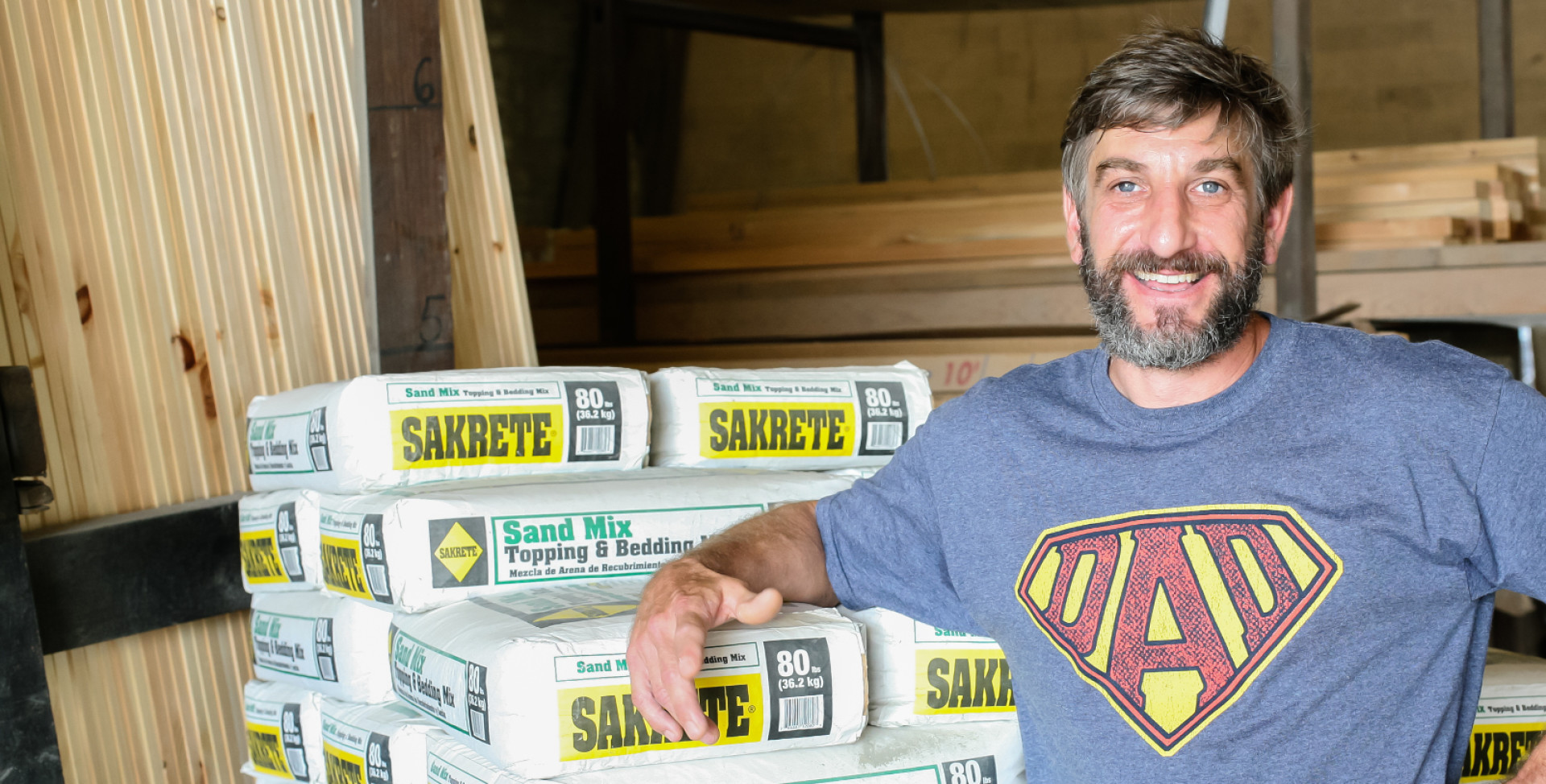

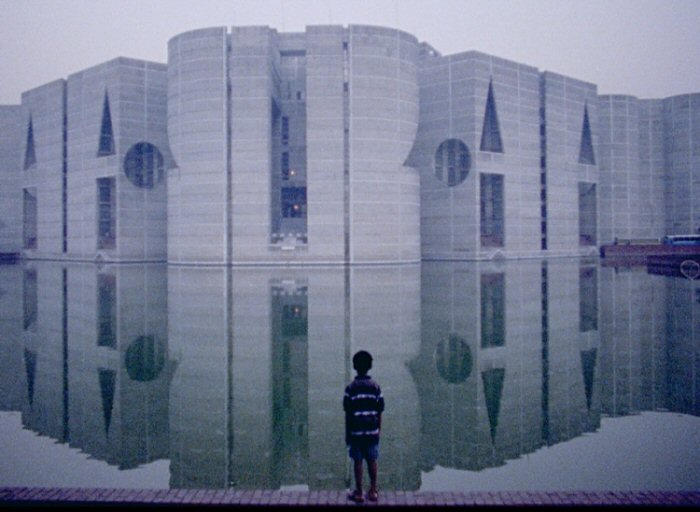
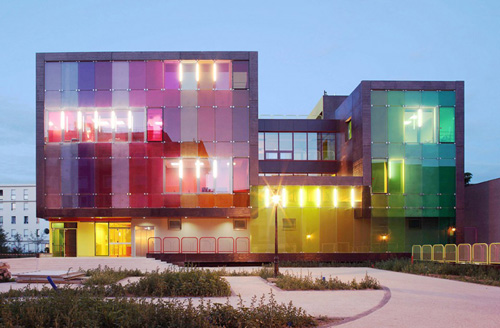
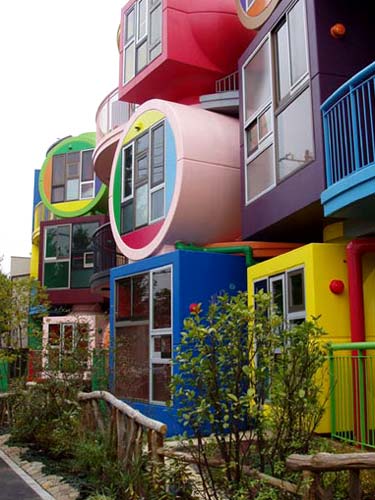
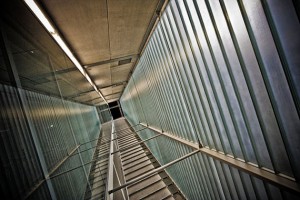
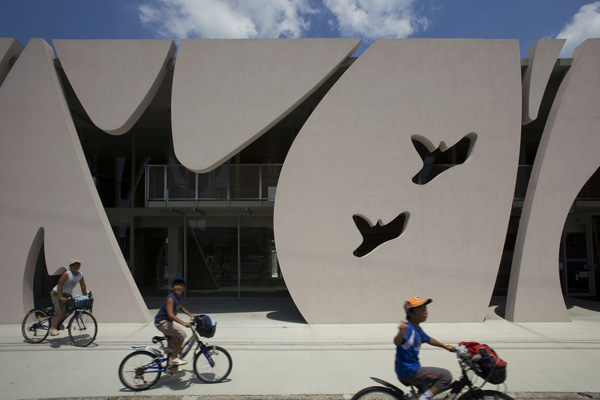
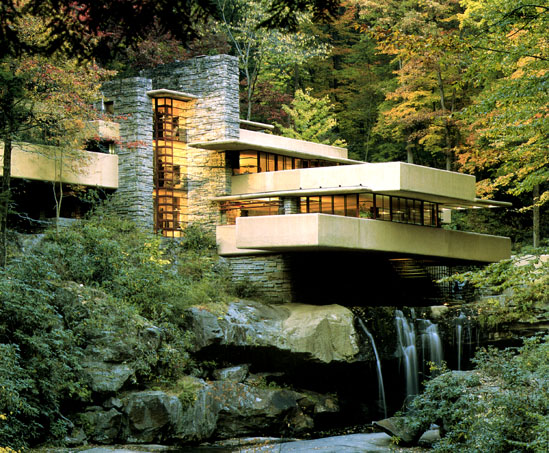
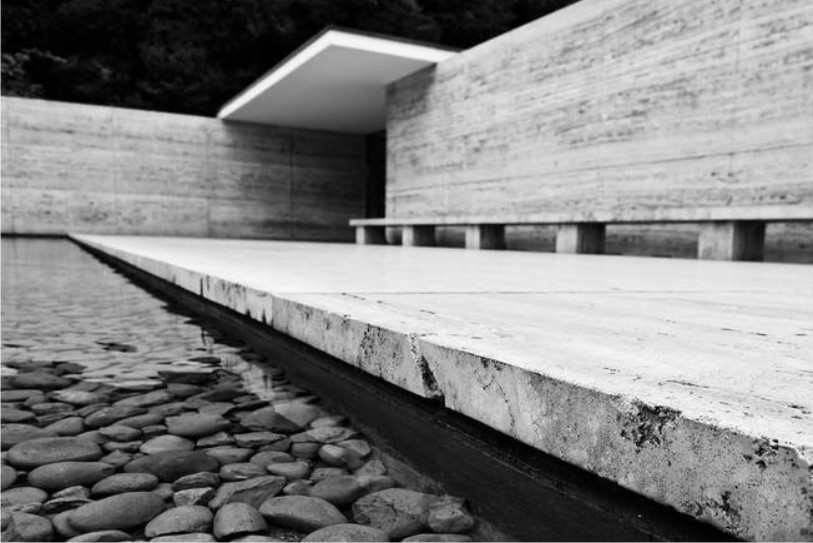
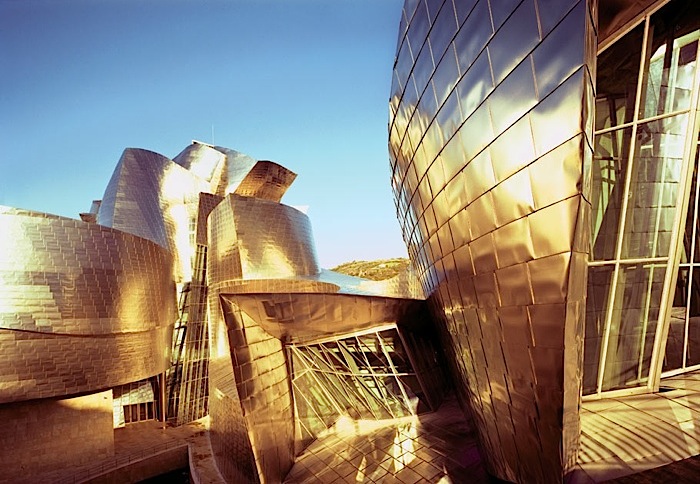
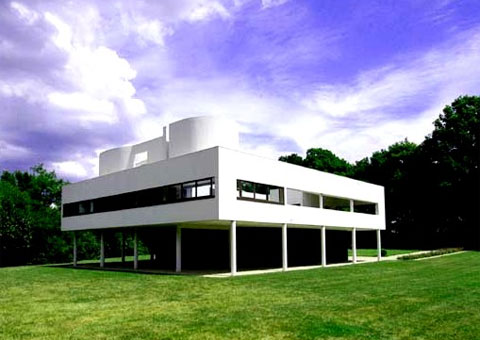
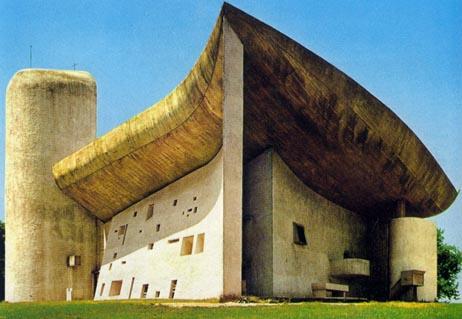
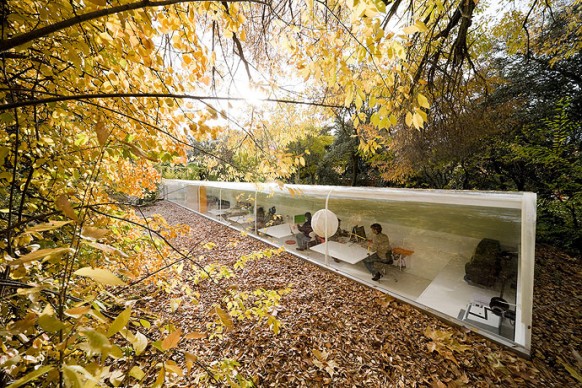
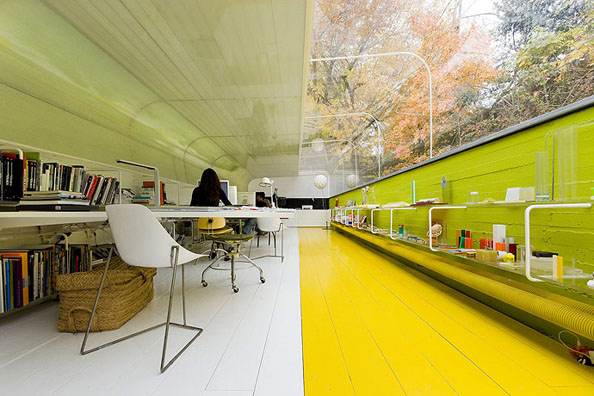
Great post, Ana! I love the concept of designing based upon how you feel…and I believe there is much truth to it as well. The dancing one made me smile. Look forward to more posts!
Thank you for your nice comments! It makes me happy to know I´m not alone in this romantic thought. Glad to make you smile :)
I love this acknowledgement of emotional content in our work, Ana. Really, we’re not robots. How can it be any other way?
Exactly! I think the problem is that we don´t like people to see us as emotional beings… “Emotions make us weak” … I say (and I support you on your robots theory): “emotions make us human”.
Thanks for your nice comments :)
My fist comment was ment to be the reply to yours :)
FIRST!, not fist :P
Great post, Ana! I agree that emotion is at the heart of design, not only in architecture, but in many other areas as well. The moment when someone breaks away from their established styles and does something completely different and succeeds with it, too, is always a very fascinating event, and I liked the example you gave in Le Corbusier’s work. Thanks for the beautiful posting! ~John
Thank YOU for your nice comments. Glad you liked it :)
Very nice post, Ana. And excellent photos to illustrate the emotions (though I would have liked to see some Greene & Greene :).
I think that the analysis can be taken a bit farther. Given that a project as large as a building surely takes significant time to design, the architect’s emotions likely change during the design phase. Perhaps we can identify the happy/sad/fun, etc. aspects within a particular building.
Or maybe not. Maybe the defining emotion is the one that existed when the architect had the flash of inspiration that formed the underlying concept of the entire building.
Maybe the architects in the crowd (probably everyone but me) can answer that.
Sorry for not including Greene & Greene :(
Which emotion would you assign to it?
When I wrote the essay I was thinking about the way that I design. I thought about that moment when I´m about to start a project, which to me is one of the most important; it´s the one that guides me through the whole process.
But maybe you’re right, every architect has a unique way of design. It would be interesting to analyze a building created with contrasting emotions.
As usual, thanks for making me go further with my thoughts…
I was kidding about including G&G. I don’t expect everyone’s world to revolve around them. As for which emotion I would assign… I’m probably too much under their spell to be at all objective BUT, I would say tranquility (if that is an emotion). The feeling that one gets when everything is exactly as it should be, when one is surrounded by incredible beauty and natural materials such as magnificent old-growth wood.
:) You love with G & G… cute
I do not know if “tranquility” is an emotion, but I’m pretty sure that “feels like dancing” is not an emotion, so who am I to judge :)
you are in love with G&G… My writing skills are awful today :P
Thank you Ana,
This was a fascinating post which stayed with me throughout the day yesterday. I too am looking forward to more of your thoughts and observations on architecture, buildings and beyond.
-b
Thank YOU!!! It makes me happy to know that you liked it :)